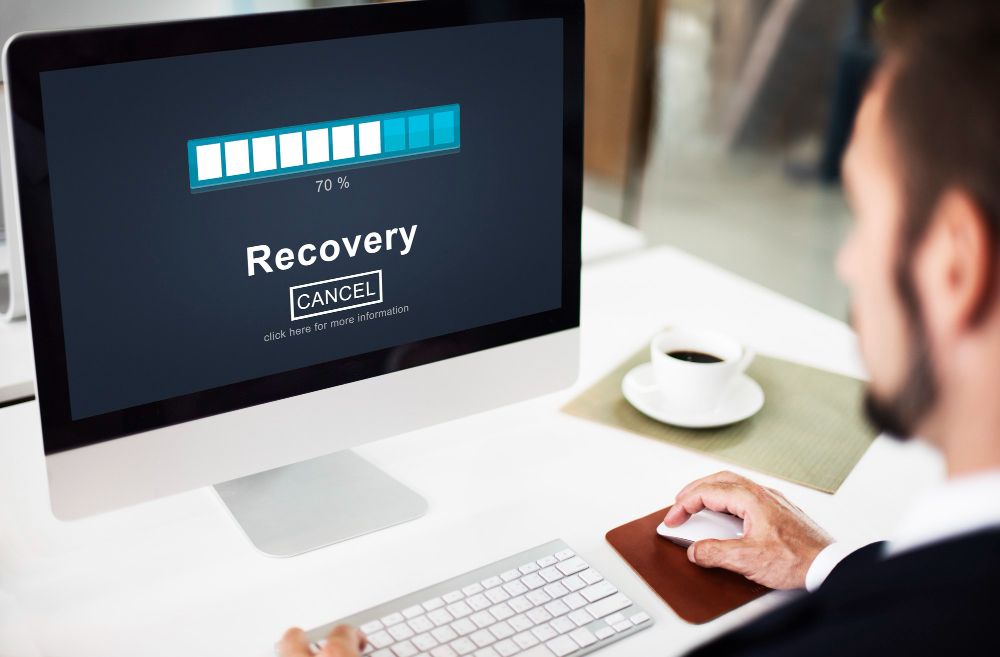It’s harder than ever to compete on the web these days. The competition is fierce, making getting people to your website a challenge.
And when 83% of people consider a seamless experience a vital part of the web experience, you can’t afford to build a poor website. The problem is that it isn’t always easy to keep a functional website online.
If you want to take care of your website the right way, you’ll need to know about the common website maintenance mistakes. Keep reading to learn seven things not to do when caring for a website.
1. Update Your Software
The number one thing you need to do to handle regular website maintenance is regularly upgrade your software. As time goes on, your plugins will get out of date. That can cause stability and security issues with your website.
Make it a habit to regularly log into your control panel to run the update functions. Of course, don’t just hit update and leave. Check your website to ensure everything looks right.
Sometimes updates can cause compatibility problems. If you’re concerned about downtime, perform your updates on a test server. You can check if there are any issues and solve them before taking your website update live.
2. Create a Website Backup

Backups are critical for a website. Even if you do a great job at SEO and web design and keep everything updated, that doesn’t mean you’ll never experience issues. Unfortunately, some of these issues can cause your site to crash and lose your files.
If you don’t want to recreate your website from scratch, you need to have a backup of your files and database. You can schedule software to back up everything on a schedule.
On top of that, some backup software will do automatic restores if you experience problems. Even if you can’t do automated restores, it’s still easy to copy backup files to restore your website.
3. Not Creating and Updating Content

Your content may work well enough now, but things will change in the future. New industry trends will come around, and your information may get outdated. That makes new and updated content a must for websites.
Spend time writing and updating your content every month. Having the best content will cement your website as a leader in your industry.
As an added benefit, Google enjoys content-rich websites. It helps you rank for more keywords on search engines and get more free search engine traffic.
An excellent way to find more content to write is to check Google Trends and other keyword tools to see what people search for in your business sector.
4. Using Too Many Plugins
The chances are good that you use some sort of plugin on your website. After all, it makes sense to use them. They offer a lot of added functionality without much cost.
However, there comes a time when you have too many plugins installed. This is especially true when you aren’t using all of them.
The more plugins you have active on your site, the more bloat your website has. You can drastically slow down your website when you install too many. Remove everything unnecessary and try to find ways to include site features without using plugins.
If you do require a plugin for functionality, it also pays to use one that’s up-to-date. Outdated plugins don’t get security updates. Switch to a more up-to-date alternative to avoid any security issues.
5. Ignoring Your Disc Space
If you do an excellent job of updating your website, your disc space will likely grow in the future. This is even more true if you add many images to your content. Your photos will take up most of your disc space.
The problem is that you probably have limited disc space from your web hosting provider. If you reach and exceed that limit, your website hosting can get shut down.
Pay attention to your free disc space to see if it’s reaching the limit. You’ll either need to remove unused images or upgrade your web hosting to a package that has more space.
6. Not Refreshing Your Design

Even a great design gets outdated at times. People enjoy looking at elegant website themes, but a great theme will only stay effective for so long. It pays to do an occasional design refresh if you want to keep your visitors’ attention.
You don’t need a new website theme often, but you should consider it on occasion. However, pay attention to your visitors’ comments on your website. The chances are good that you’ll receive a few that request certain things from your site.
You’ll learn what the issues are from those contacts. Use that information to change your website theme to meet your visitors’ needs better.
7. Update Security Software
Unless you use a static HTML website, security is a significant concern. Your website software may run fine now, but new security holes get discovered all the time. When that happens, hackers search for websites that aren’t updated to the latest and most secure software.
Website security software can help keep your website safe. WordPress, for instance, has the WordFence plugin. It monitors the files on your web host and your database to see if there are strange changes.
WordFence will remove unwanted files and restore file versions if it sees any changes.
It also pays to take other security measures, which depend on what type of website software you use. You may need to contact a service that offers something like Sitecore support to get help securing your website.
Don’t Fall Victim to Common Website Maintenance Mistakes
Your job isn’t complete when you finish building your website. Without an updated website, you can’t keep your visitors up to date and can suffer from software issues.
Avoid the common website maintenance mistakes above to keep your site online in the future. Head back to the blog if you want more tips that will help you make the most of your online presence.

